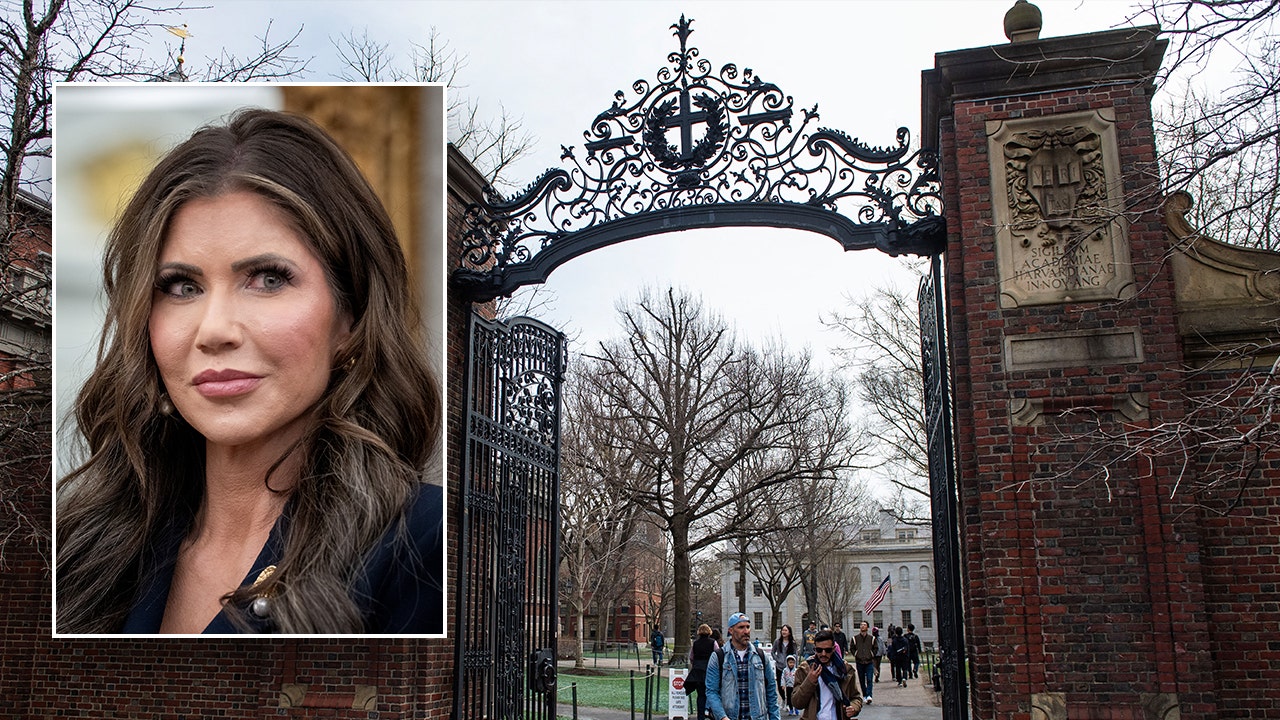Many people have recently been submitting commentaries on the transition to renewable energy in Alaska to the ADN and other publications. The difference in the approaches is between fear of greenhouse gas buildup and concern over potential failure of the electric system. In my opinion, we need to build a reliable electric system from the start, even if it means keeping the natural-gas-fueled generation for a lot longer. In Alaska, public safety is more important than decarbonization.
The way to move forward with the incorporation of renewable or alternate energy sources into Alaska’s electric power systems is clear. Start with the displacement of the most expensive fuel sources in the state. Kotzebue, Kodiak, Cordova and other locations have been doing this successfully. These communities have taken advantage of their strengths to modify their power systems. Wind, solar and hydropower have been used to modify the hydrocarbon-fueled power systems to allow a decreased dependence on hydrocarbon fuels. In these locations, the fuels are shipped in and stored in tanks, at considerable expense. The remote communities in Alaska have an advantage in the move to renewables, which is that they have extremely expensive existing fuel supplies, which gives them good incentive to make the changes to their systems. The electric loads in these communities are relatively small compared with urban and industrialized areas, so they can more easily fulfill a high percentage of their connected load with solar and wind farms near the community.
The second part of the solution for progress toward non-hydrocarbon fuel is to find the local resource that can provide the base source of energy. This replacement base source energy supply, would provide energy to the system when the renewables are inadequate to meet the needs of the community. These communities must currently maintain a supply of diesel fuel to provide energy to the electric system when the wind doesn’t blow, the sun doesn’t shine and the river doesn’t run as strongly. It has been a plan for decades that excess renewable energy(such as solar in the summer) would be used to electrolyze water and produce hydrogen which then can be stored in some manner to use when needed weeks or months later. This has not proven out yet for Alaska, but we are working on it.
The Railbelt electric utilities can’t realistically make a quick and massive move to renewables, since the cost of renewable energy is not really less than the cost of natural gas or coal-fueled generation yet. Texas, which has more wind turbines than any other state, does not have lower electric power prices, and California, with all its solar power, also does not have cheaper power than hydrocarbon and nuclear power sources can provide. The Railbelt can smartly incorporate renewables into the system to provide for microgrids outside the urban areas of the system, so that the rural parts can be energized when primary power sources are interrupted or transmission and distribution are affected.
Many had anticipated that the Susitna-Watana Dam hydro project, Eklutna Lakes pumped hydro, or some other pumped hydro project would eventually provide a significant amount of base power for the utility, but public opinion has been very negative for such projects in Alaska outside of Southeast Alaska. Pumped hydro is a preferred method, as the pumping can be energized by 100% (no constraint) of the excess energy developed by the variable, renewable energy sources. Without hydropower, it looks like we will need to look toward geothermal, hydrogen or nuclear for a stable base source of energy.
There are some things we can do to make proper progress in our power systems that will result in affordable power with the ability to promote industrial growth in Alaska, everywhere in Alaska.
1. Develop a demonstration hydrogen electrolyzer project that would be used to help remote communities work out how hydrogen production can be incorporated into their power systems.
2. Accelerate assessment of potential geothermal resources near Mount Spurr for the Railbelt and at Mount Wrangell for Interior locations, including some mine locations and communities not on the Railbelt.
3. Look for other potential geothermal resources near existing and planned mines in Alaska.
4. Make innovative and aggressive efforts to secure more Cook Inlet gas for the Railbelt energy needs for at least 20 years into the future.
5. Provide positive incentives for continued solar and wind system installation, including possible community solar farms. If there are obstructions to the community solar farms or other wind and solar applications, let’s have some discussion of what enabling legislation or other incentives are needed.
6. If we can’t get a natural gas pipeline from the North Slope, maybe we can run a high-voltage transmission line from the Slope to Fairbanks and use the natural gas to power generators at the source of natural gas.
We just need to keep working on plans that will provide affordable energy to fuel a great economy and increase industry within the state.
Robert Seitz is an electrical engineer and lifelong Alaskan.
The views expressed here are the writer’s and are not necessarily endorsed by the Anchorage Daily News, which welcomes a broad range of viewpoints. To submit a piece for consideration, email commentary(at)adn.com. Send submissions shorter than 200 words to letters@adn.com or click here to submit via any web browser. Read our full guidelines for letters and commentaries here.

:quality(70)/cloudfront-us-east-1.images.arcpublishing.com/adn/LTCTEHIPU5DFFIC6ARMHK4SWCM.jpg)




























